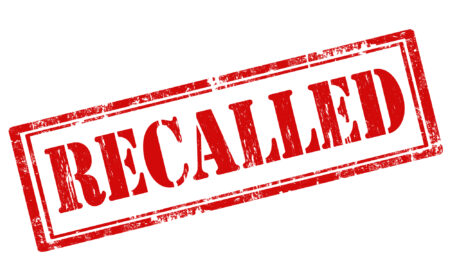At the recent U.N. Climate Change Summit (COP26), more than 40 countries, including the United States, pledged to cut greenhouse gas emissions across their health systems. According to the NY Times, the healthcare sector accounts for nearly 5 percent of global carbon dioxide emissions: “If it were a country, it would be the fifth largest emitter.” Globally, the United States is “the world’s highest emitter of healthcare greenhouse gases, accounting for 27% of the global health care footprint,” according to an article by the Association of American Medical Colleges. And domestically, health care accounts for 8.5 percent of the U.S.’s greenhouse gas emissions.
There are many causes of greenhouse gas emissions in the healthcare sector, such as the tremendous amount of garbage that is produced in hospitals (hospitals generate over 29 lbs. of waste per bed per day) and the lack of energy efficiency in facilities (leading many institutions to switch to LED and high efficiency equipment, and some to clean renewable energy such as solar power). As noted in an article in Health Affairs, the health care industry also causes other environmental damage, such as pharmaceutical pollution and the overuse of limited water resources.
The problem of waste
In VUEMED’s experience with clinical inventory management, the prevention of medical product waste in hospitals is key for reducing emissions, a strategy that is rarely spoken about. For example, we’ve seen spikes of up to $30K of waste per month per hospital due to opened but not used items – items that are typically just thrown in the trash and not even recycled or repurposed; not to mention damaged or soiled items which cannot be used even though they haven’t been opened.
With our customers, we also typically see 5-10% of supplies (by value) at risk of expiration on a monthly basis, although we’ve heard anecdotes of as high as 25-30% being at risk and of 10-30% of the total value of supplies actually expiring on the shelves. Additionally, we see up to 25% of owned, on-hand clinical supplies inventory (in value) sitting around for at least 12 months, never used. This isn’t surprising given that up to 30% of on-hand inventory (in value) is typically over and above the levels needed to support actual utilization in many hospitals.
How to prevent waste
These problems of waste are largely due to the absence of effective inventory management systems. Given that supplies and implants constitute the single largest expense in hospitals after labor, one could say that hospitals have an ethical and fiscal obligation to take these types of waste seriously by examining utilization, supplies management, and reordering decisions through the use of KPIs that show the connections between supplies, performance and usage. And then hospitals must combine these metrics with the implementation of technology solutions that make such waste nearly impossible, if not obsolete. At VUEMED, our automated data capture systems that use RAIN RFID technology (see VueTrack-RF™), have resulted in the number of products expiring on the shelves being reduced to 0.5% of total on-hand inventory value. And to prevent the problem of “opened not used” items, the systems we put in place give hospitals the data needed to have full transparency in order to see what changes should be put in place so that this type of waste doesn’t become a pattern.
Improving the healthcare supply chain is also essential
Inefficient supply chain processes have also contributed to the lack of environmental sustainability in health care. As Dr. Jodi Sherman notes in an article by Yale University’s Office of Sustainability, about 70% of healthcare emissions come from the supply chain: “The vast majority of our emissions are not coming from the hospital’s rooftop, but especially by purchasing these manufactured goods and supplies and also disposing of them, we’re inducing emissions elsewhere.”
The COVID-19 pandemic exposed supply chain vulnerabilities in hospitals, many of which have now become greener by re-evaluating their supply chain completely and prioritizing national, regional or local manufacturers over overseas ones. The cost of products may be higher but the environmental impact is much less and the supply chain is stronger when it doesn’t have to depend on distant factories subject to political, climate and/or healthcare calamities that can bring the supply chain to an abrupt halt. Hospitals could reduce their emissions even further by consolidating their orders (so that fewer delivery trucks are on the road), and by doing better supply forecasting using effective inventory management and data capture technologies so that express deliveries are avoided.
The future is now
Our planet needs us all to do our part to reduce greenhouse gas emissions. Some efforts to reduce emissions and help slow climate change are admittedly long-term projects, but preventing waste in hospitals can be done right now with strong leadership that is committed to adopting new inventory management solutions and trying something other than “business as usual.” In addition to saving energy in their facilities, hospitals can ensure that their supplies don’t end up in the trash – unused and/or expired. The reduction of greenhouse gas emissions is not only good for the environment, it’s good for the bottom line as well.





